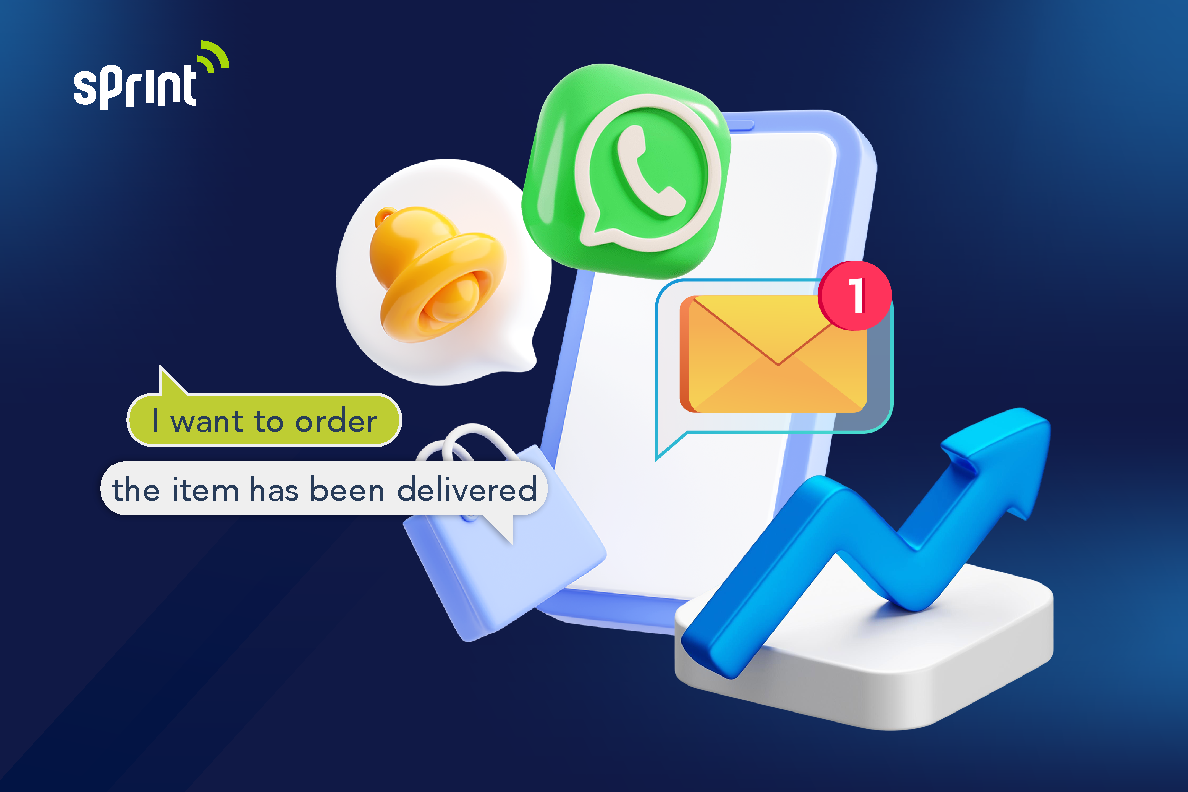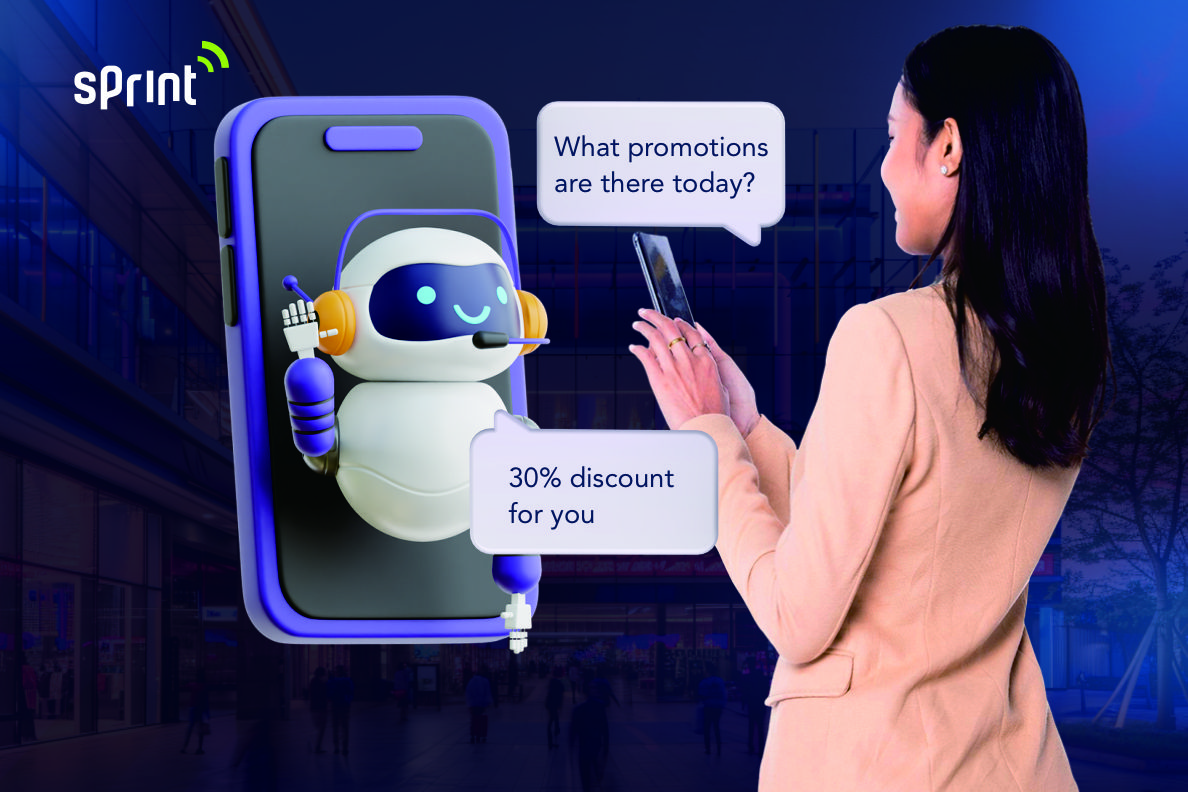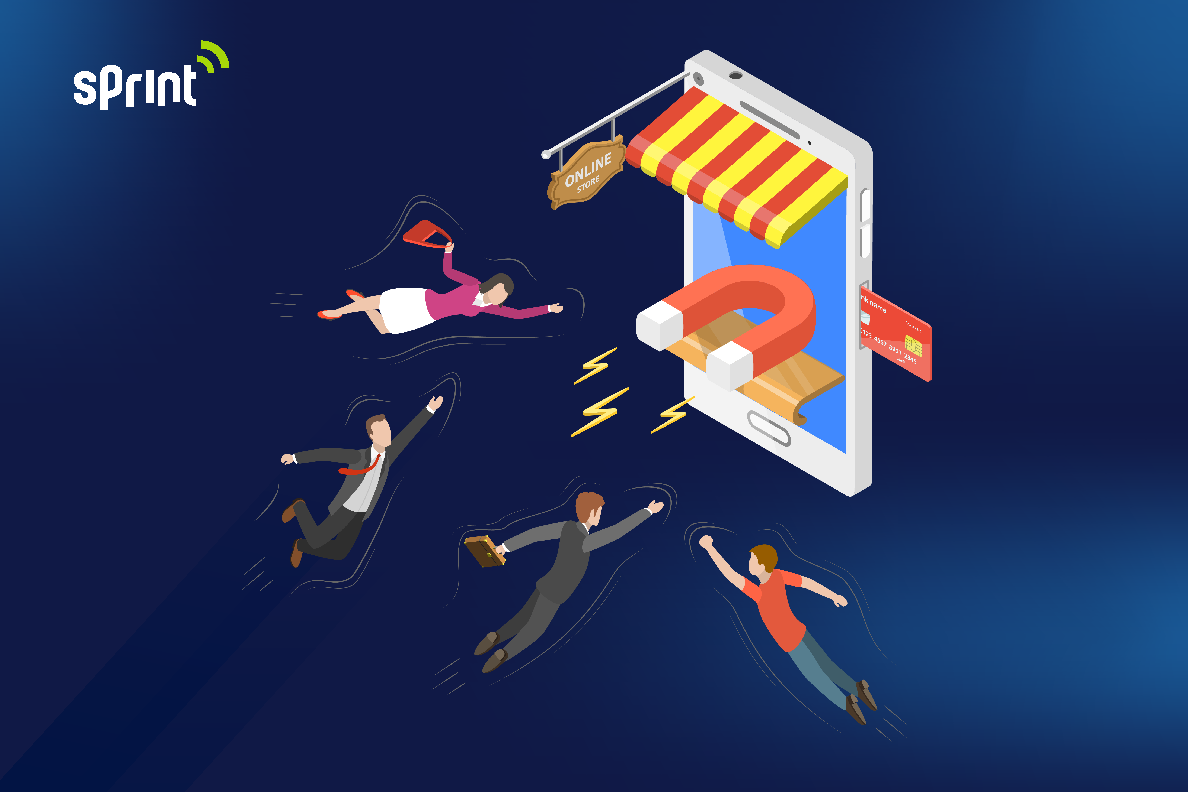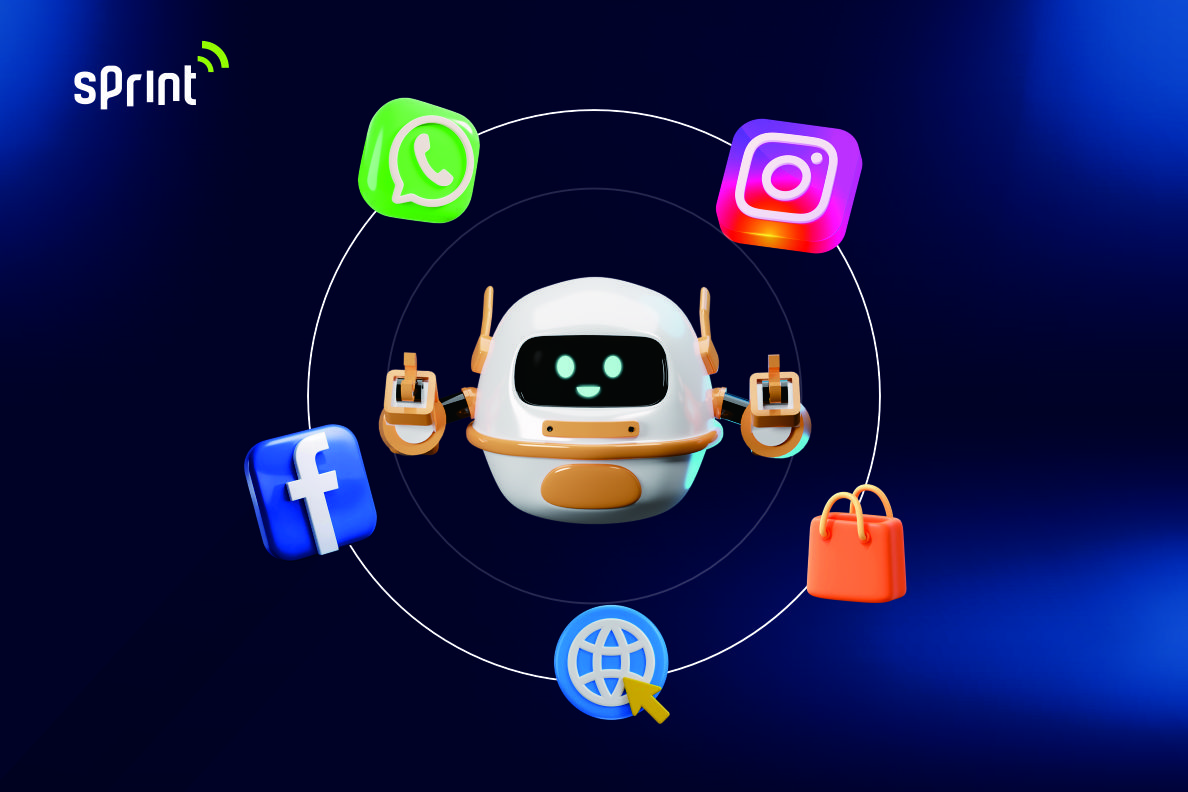Chatbot and NLP, Uncovering Technology of Customer Service
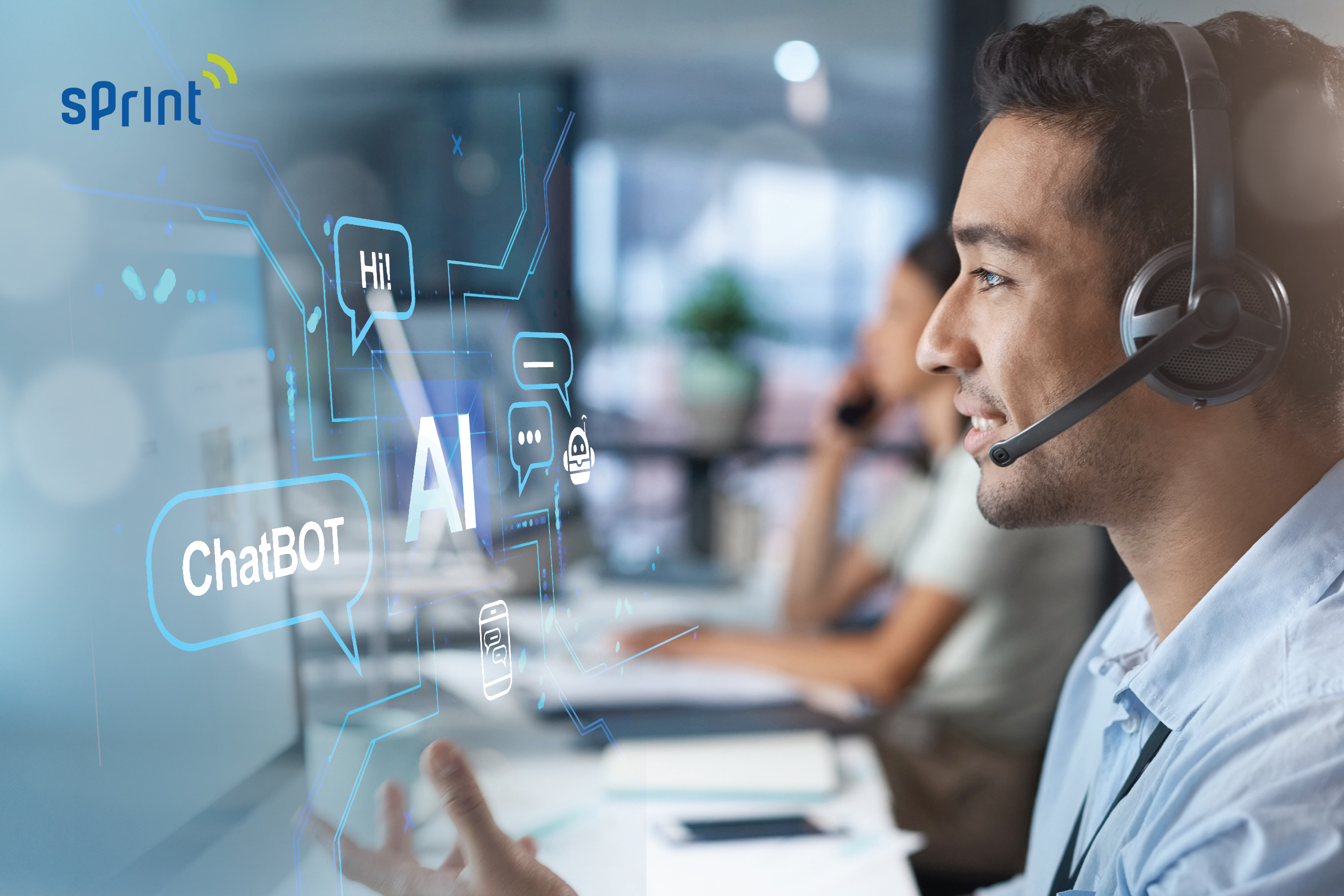
A chatbot, or conversational robot, is a computer program designed to communicate with humans through text or voice interaction. Whereas, Natural Language Processing is a branch of artificial intelligence that focuses on the ability of computers to understand, interpret and respond to human language in a meaningful way.
In an era where technology continues to evolve rapidly, the world of customer service is undergoing a significant transformation thanks to advances in Chatbot development and Natural Language Processing (NLP). Chatbots and NLP are not just additional tools; they have become key elements in providing a better and more efficient customer experience. This article will review the latest developments in the use of Chatbots and NLP in the world of customer service.
- Optimizing Quick Response
One of the main advantages of a Chatbot is its ability to provide quick and instant responses. By using NLP, a Chatbot can understand and respond better to customer queries, providing quick solutions without requiring human intervention. This speeds up time and increases customer satisfaction. - Personalize Customer Experience
With the help of NLP, a Chatbot can analyze customer data and provide more personalized solutions or recommendations. Historical customer information can be used to design responses tailored to individual preferences and needs, increasing the level of personalization in customer service. - Natural Language Based Interaction
NLP allows Chatbots to better understand human language. Over time, this ability has grown, allowing Chatbots to answer complex questions, understand nuances in language, and even respond to customer emotions. These more natural interactions create a more pleasant experience and make customers feel more connected. - 24/7 Customer Support
One of the great advantages of a Chatbot is its ability to provide 24/7 customer support without fatigue. This ensures that customers can access help or information whenever needed, even outside of business hours. This not only increases service availability but also provides convenience for customers. - Customer Sentiment Analysis
NLP not only allows the Chatbot to understand questions, but it can also analyze the sentiment behind the customer’s words. This gives companies valuable insights into customer satisfaction and allows them to customize their customer service strategies. - Integration with Other Platforms
Chatbot development is not just limited to specific communication channels. Today, Chatbots can be integrated with various platforms, including websites, mobile apps, and social media. This ensures that customers can interact with the Chatbot on the platform that is most convenient for them.
Jumienten Chatbot has NLP technology that can help users when they need help with general questions about a company’s services that can recognize the language style used by users so that it can determine the appropriate topic. In addition, Jumienten Chatbot can also understand emotions and respond personally.
Will Chatbot replace the role of humans? Of course Chatbot will not replace the role of humans, but Chatbot and humans will form an extraordinary collaboration to provide maximum service.
The use of Chatbots and NLP in the world of customer service is not just a technological innovation, but a solution that positively impacts the overall customer experience. Through rapid response, natural language-based interactions, and personalization, Chatbots and NLP create a significant transformation in the way companies interact with customers. As technology continues to evolve, it can be expected that the role of Chatbots and NLP in customer service will become more central and provide greater benefits to customers and companies.

